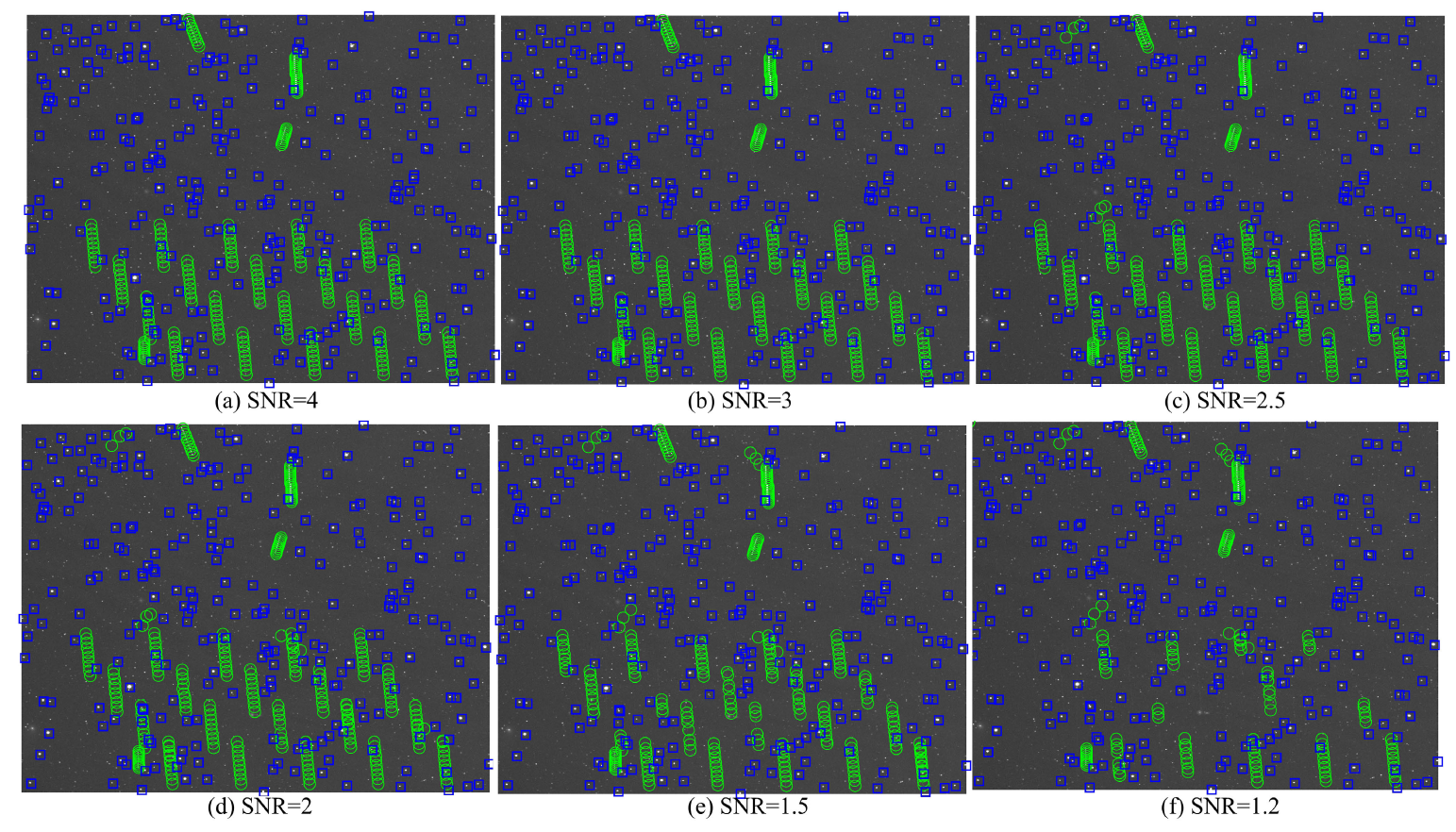Space debris detection is a key step in monitoring space debris. If space debris collides with spacecraft, it will cause equipment damage, mission failure, and so on. Therefore, the movement of debris must be monitored to achieve an effective prediction of its activities to avoid accidents.
Recently, researchers began to use image processing methods with deep learning models to detect dim and small objects. It is still a vital problem to use deep learning models to classify or detect space debris directly. Space debris is a dim and small object. The intensity of space debris is similar to that of the background noise. Besides, there are amounts of stars in the astronomical image sequences, their energy distribution and patterns are very similar to those of space debris.
A research team working with Dr. Xin Wei from Xi'an Institute of Optics and Precision Mechanics (XIOPM) of the Chinese Academy of Sciences (CAS) proposed a space debris detection method using feature learning of candidate regions (FLCR) in optical image sequences.
First, the optical image sequences are preprocessed to remove hot pixels and flicker noise and to remove the non-uniform background. Then, stars are detected and removed, and the candidate regions of the space debris are extracted. These regions are classified by a trained deep learning model using a large number of simulated space debris with different SNRs and motion parameters, instead of using real space debris. The advantage is that the model does not need to extract a sufficient number of real space debris with diverse parameters in the optical image sequences. Finally, the correctly classified space debris is located precisely in the optical image sequences, and they are output together with the detected stars. The results were published in IEEE Access.
 Diagram of space debris detection. (Image by XIOPM)
Diagram of space debris detection. (Image by XIOPM)
By utilizing the proposed method, the paper tested the performance of space debris detection in optical images. There are 10 sequential images used in the experiments, which were captured by the CCD telescope; the size of each image is 1024*1024 pixels with 16 bits of gray scales. The optical system collects 80% of the energy of the space debris and stars in a window with a size of 2*2. Twenty space debris with SNRs 4, 3, 2.5, 2, 1.5, and 1.2 were generated and added to the 10 sequential images. Each group of space debris is evenly spaced in the images. In addition, there are also 5 pieces of real space debris in the images. It is observed that the proposed method has achieved outstanding performance.
 Detection results of space debris with different SNRs in acquired real images sequences. (Image by XIOPM)
Detection results of space debris with different SNRs in acquired real images sequences. (Image by XIOPM)
The paper provides a novel idea to combine the conventional space debris detection method with deep neural networks. By utilizing the advantages of both approaches, the author provided better performance than state-of-the-art methods. In the near future, the spacecraft will stand a safer place by monitoring the debris in space.


